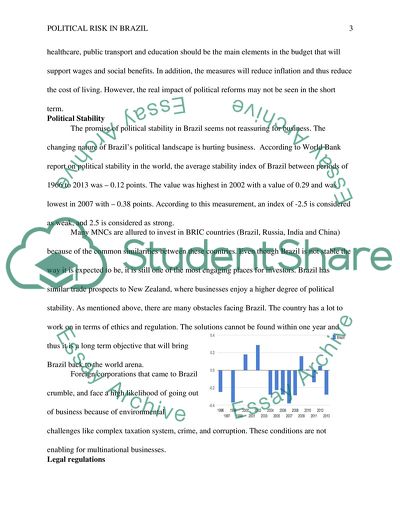Cite this document
(Assessment Political risk in Brazil for short-term Essay, n.d.)
Assessment Political risk in Brazil for short-term Essay. https://studentshare.org/politics/1846444-assessment-political-risk-in-brazil-for-short-term
Assessment Political risk in Brazil for short-term Essay. https://studentshare.org/politics/1846444-assessment-political-risk-in-brazil-for-short-term
(Assessment Political Risk in Brazil for Short-Term Essay)
Assessment Political Risk in Brazil for Short-Term Essay. https://studentshare.org/politics/1846444-assessment-political-risk-in-brazil-for-short-term.
Assessment Political Risk in Brazil for Short-Term Essay. https://studentshare.org/politics/1846444-assessment-political-risk-in-brazil-for-short-term.
“Assessment Political Risk in Brazil for Short-Term Essay”. https://studentshare.org/politics/1846444-assessment-political-risk-in-brazil-for-short-term.


